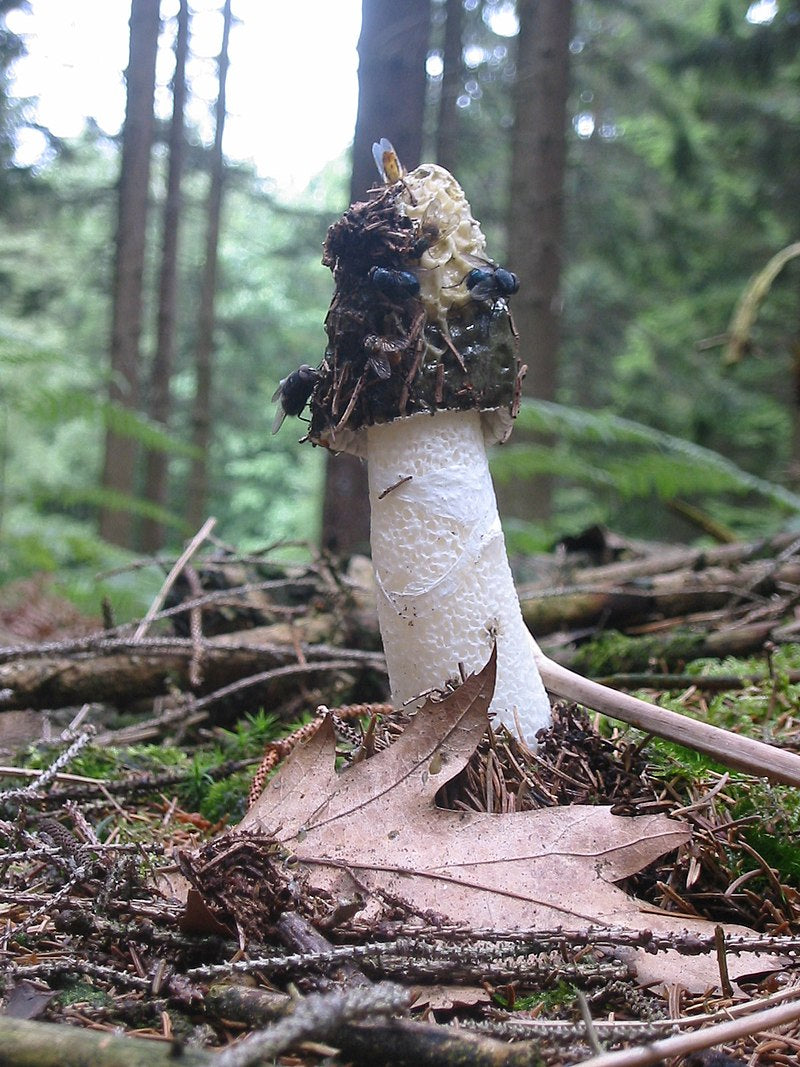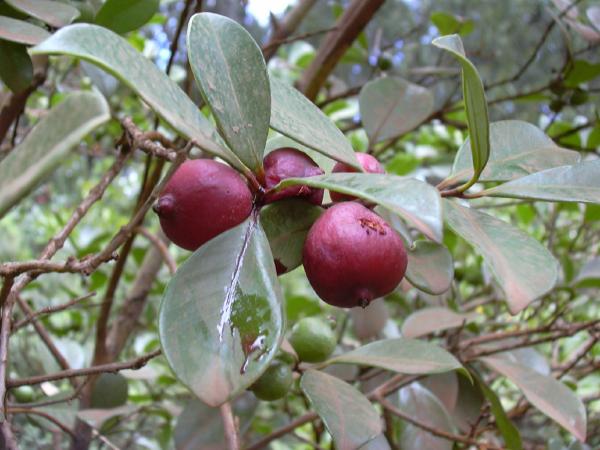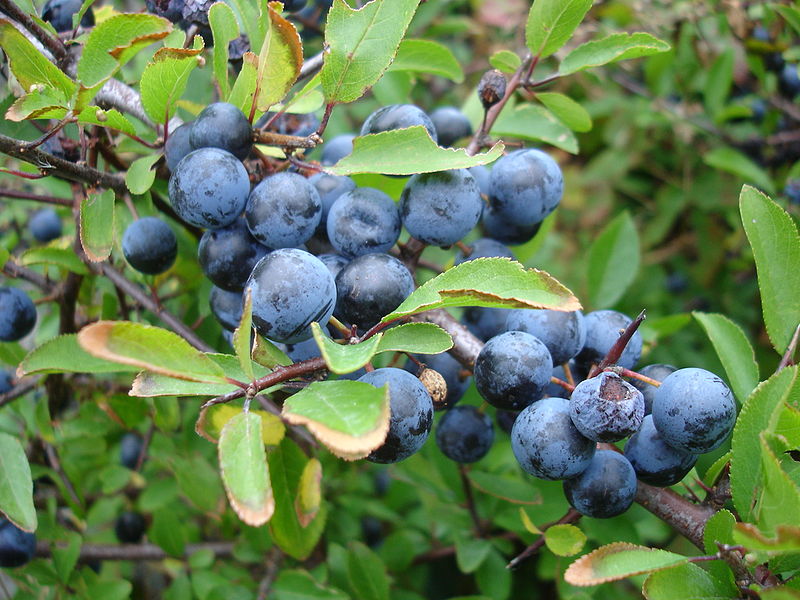
Wild Plant Of The Week 54 "Stinkhorn"
Botanical name: Phallus impudicus
Common name: Stinkhorn,Common Stinkhorn, Pricke Mushroom, Deadman's Cock, Witch's Eggs (refers to the early stage of development).
Physical appearance: Initially starts out as a partly submerged white egg shape. The "egg" has a dry exterior and a jelly like interior. Relatively quickly, the mushroom emerges with a polystyrene like white stem and a honeycombed conical cap, covered in an olive brown, foul smelling slime.This "slime" is in fact a means of reproduction as it contains spores which are distributed by landing flies, initially attracted by the foul stench. It has been hypothesised that this is a partial explanation of why these mushrooms can often be found growing in or around badger sets; flies are attracted to badger feaces or the occasional decomposing badger.

Best places to find: Often associated with decomposing wood in deciduous and coniferous forests.
Edible parts:In the "egg" stage, the flesh tastes like radish. However, these mushrooms are not largely collected as the smell is often too overpowering. Only eat the white parts and disregard the contained "slime". Once mature, the mushroom is no longer edible.

Time of year: June to late October.
Point of interest: Charles Darwin’s granddaughter, Gwen Raverat claimed in her 1952 memoir Period Piece that in order to protect the morals of the maids, her Aunt Hetty – Darwins’ daughter – collected stinkhorns from the woods and burnt them in secret.
Photos courtesy of Wikipedia, Nigel Downer and The Woodland Trust
By Birger Fricke Birger Fricke - Own work, CC BY 2.5, https://commons.wikimedia.org/w/index.php?curid=496095
By Kettelring, CC BY-SA 3.0, https://commons.wikimedia.org/w/index.php?curid=4012311


